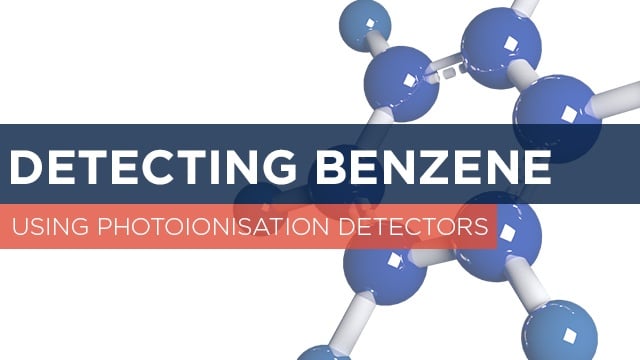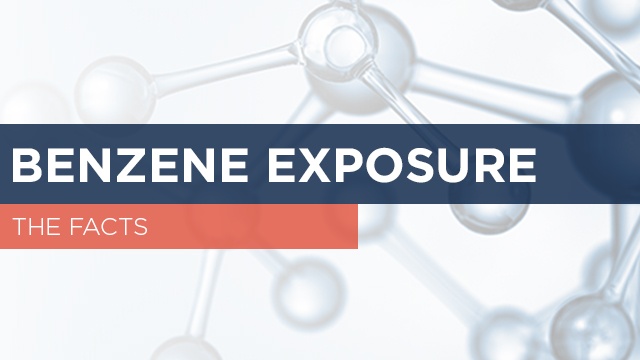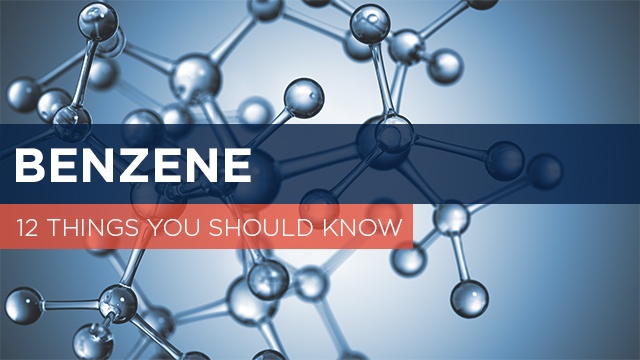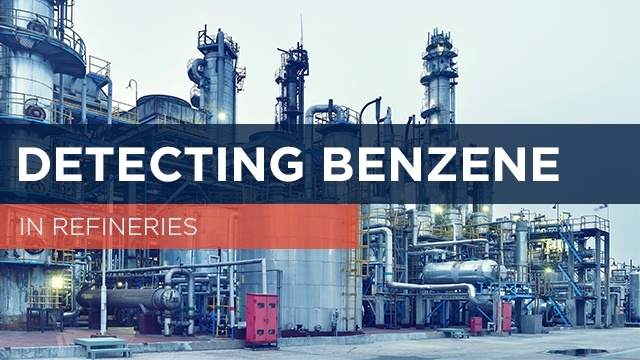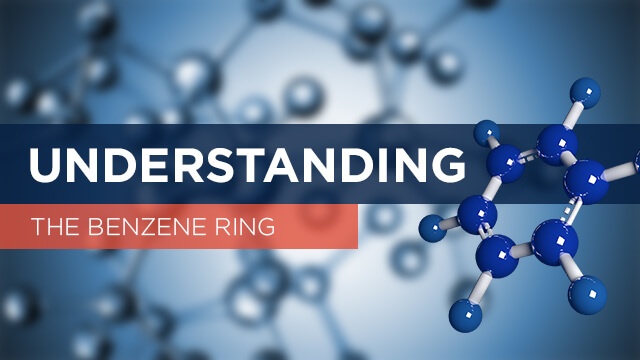Using PID for Benzene detection
Rather than having to rely on human senses in a workplace setting it is advisable to use an appropriate form of quantitative monitoring; indeed the onus is on the employer to do the risk assessment. Remembering the old adage attributed to Lord Kelvin that you can’t manage what you don’t measure, there are methods published by the Health and Safety Executive in the UK and NIOSH in the USA that can be used to capture air samples for later analysis but by definition this occurs after exposure could have taken place. Therefore real-time methods are preferable which can range from fixed, permanent systems for fence line applications, hand-held devices for area measurements or confined space entry and most recently developed, personal monitors that can alert a worker of an immediate hazard.
The facts about Benzene exposure
Benzene and Benzene exposure
Today, we look some more at benzene and more importantly benzene exposure. Benzene evaporates easily and most people can detect its distinctive smell at concentrations between 2.5 and 5 parts per million (ppm) in air.
As well as inhalation, benzene can be absorbed into the body through the skin or by swallowing material containing it. The effects on worker’s health depends upon how much benzene they are exposed to and for how long. The immediate effects of a single exposure to a high concentration (hundreds of ppm) include headache, tiredness, nausea, dizziness, and even unconsciousness, if the exposure is very high (thousands of ppm) meaning an acute safety incident.
12 things you should know about Benzene
-
Benzene is a chemical that is a colourless or light yellow liquid at room temperature.
-
Benzene evaporates into the air very quickly. Its vapour is heavier than air and may sink into low-lying areas.
-
Benzene is the simplest aromatic hydrocarbon and distinguished as the first aromatic hydrocarbons with the nature of its bonding first established in the 19th century.
-
Benzene is widely used in the United States. It ranks in the top 20 chemicals for production volume.
Detecting Benzene in a Refinery environment
Why you need to take Benzene seriously
Benzene remains an important industrial chemical, but is well known as extremely hazardous and recognised as a ca rcinogen. Legislation across the globe has been put in place to ensure exposure of Benzene at plants where it is produced is minimised. Modern PID instruments offer the means to monitor Benzene concentrations down to 10 ppb or better.
Understanding the Benzene ring
"The benzene ring is a basic component of many organic compounds, especially the aromatic hydrocarbons. In benzene itself, each carbon atom is also bonded to a hydrogen atom; in derivatives of benzene, one or more of the hydrogen atoms is replaced by other atoms or groups of atoms."
Dictionary.com

